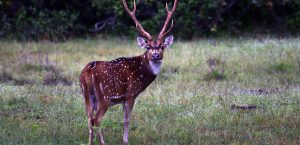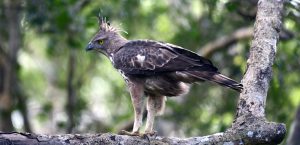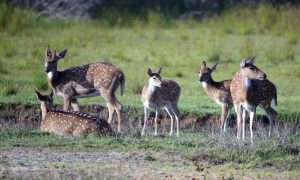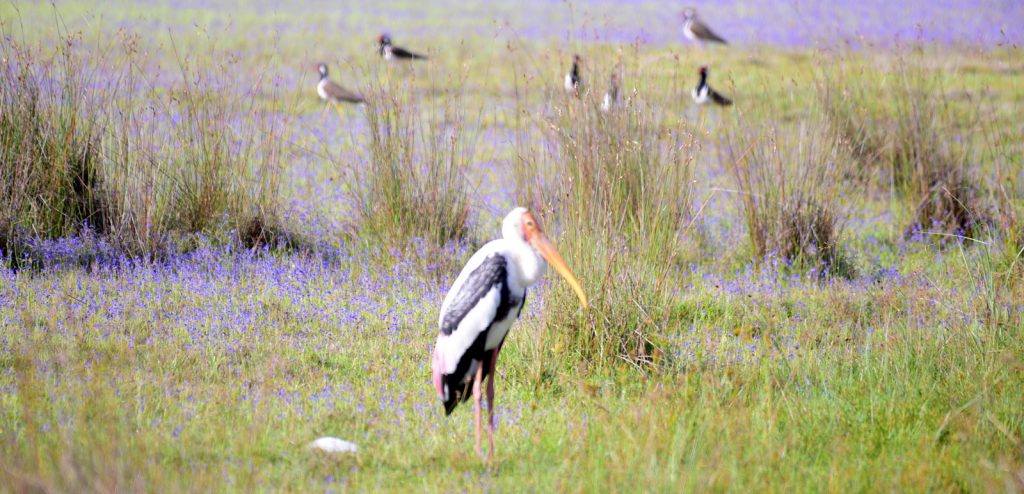Wilpattu
WILPATTU NATIONAL PARK
Experience the wonders of a jungle safari at Wilpattu National Park – the largest and one of the oldest National parks in Sri Lanka. With over 30 species of mammals and an impressive variety of flora and fauna spanning its jungles and nature trails, a visit here is definitely something to remember for a lifetime. The name Wilpattu essentially means a land of many lakes ‘villus’ or water bodies and this is exactly what you’ll find here.


Wilpattu lies inland on the northwest coast of Sri Lanka, approximately 26 km north of Puttalam and 185 km north of Colombo. It spans towards the ancient capital of Anuradhapura. The park spans the border of North Central and North Western Province of Sri Lanka and covers an impressive 131, 693 hectares, making it the largest national park in the country! The west border of the park stretches 35 km along the north-western coast of Sri Lanka. Wilpattu was declared as a wildlife sanctuary in 1905, and was upgraded to National Park status on 25th February 1938. Wilpattu is bounded to the north and south by 2 main rivers, the Modara Gamaru towards the north of the park and the Kala Oya to the south of the park.
Avoiding the rainy season between Septembers to December during the north eastern monsoon and Inter monsoon between March and April, It is best to visit the park during the dry season, which falls between February and October. The park has an annual temperature of 27.2°C and to visit the park during early morning or late afternoon is the best as animals hide in the forest to avoid the harsh heat. However, the park is open throughout the year for visitors.


The park consists of mostly dry zone high forest, with extensive open plains. Since it is so large and ranges from 0 – 152 meters above sea level, the park supports over ten habitats covering three ecosystems within it as forests, wetland and coastal & marine ecosystems, making it a biodiversity hotspot of flora and fauna. The incredible variety of terrain, ranging from jungle and plains to wetland makes the park a haven for all kinds of flora and fauna. The main feature of the park of course is its name sake – the presence of ‘villus’ or natural lakes that are found all over. These natural lakes are natural water basins that are surrounded by white sand that fill with rainwater. There are over 60 lakes and tanks natural lakes that span the park that range from small ponds to large natural reservoirs. Majority of the villus are filled with fresh water and are extensive wetlands, whilst some are filled with sea water and brackish water.
